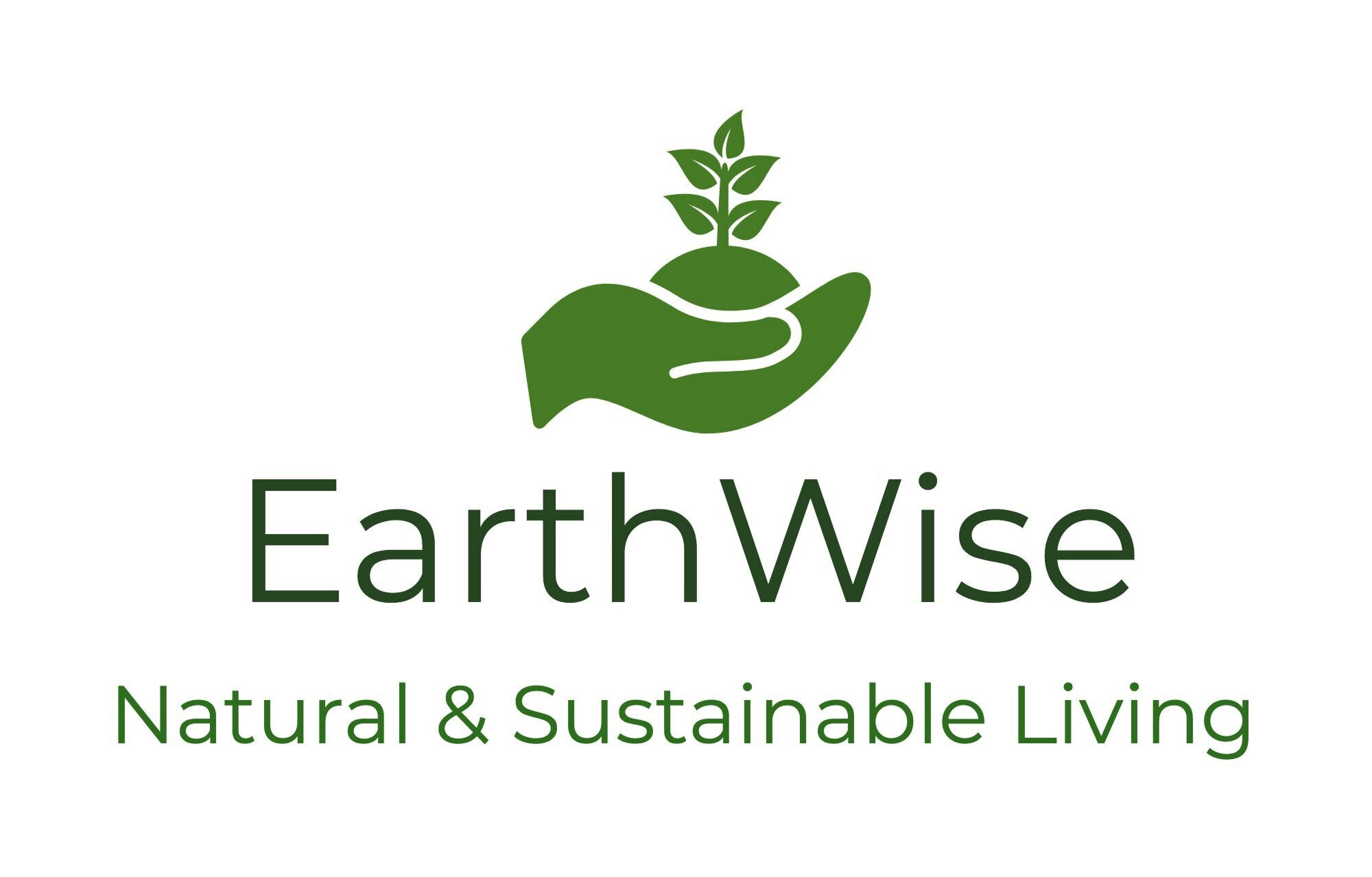Part II Grow Your Own
Part II Grow Your Own
My experience of working on a commercial Organic Farm has led me to understand the urgent need for us to take control of our food supply as much as is feasible. Even though the food produced here on this farm is labeled ‘Organic’, it is not as desirable as food grown by a small local family farm or backyard garden. For the most part, the need to make a profit outweighs consideration for quality. This is understandably so, however, we can insure that our food is grown with consideration for quality and… love. The possibility of growing our own food is not as farfetched as it may sound. Many of us have a back yard or a front yard for that matter which is ‘Lawn’... A peculiar phenomenon associated with social status which evolved shortly after the World War second. Instead of endless hours of time and energy we exert to maintain a ‘nice looking’ lawn, we could instead be growing our own vegetables and fruits. For those who do not have space, there are ‘Community Gardens’ popping up everywhere. This is a great way to socialize and learn at the same time. Apartment dwellers have the opportunity for window boxes or window sill gardens. The point is, if we are really dedicated to taking back control of the quality of our food supply, we will find a way.
Quality is Essential for Vibrant, Good Health
Organically grown vegetables and fruits are optimal for all beings and the earth. There is no great mystery to growing our food organically. All we need do is treat the soil with the same healthy respect as we would ourselves. There is truly no reason to add anything chemical or artificial to the soil. Compost made at home or other natural amendments are what is best for happy lively soil. What most of us don’t realize is that we are, in essence, the same as the soil our food is grown in. That means, when we are ill or out of balance, if we are wise and understand the laws of nature, we make corrections in our way of live, particularly our daily nutrition. It is the same with the soil. Healthy, living soil needs nothing added but what is available in nature. In this way it does not attract undesirable insects, weeds, or diseases. Giving back to the soil is easy and fun and one derives a feeling of great satisfaction from it. In a forthcoming post I will explain in simple, easy to follow steps, how to build and maintain super healthy and lively soil... Naturally.
Where to Begin?
I strongly believe that sooner or later many of us will become independent, having taken back control of our own food supply, and ultimately our own health and well-being. Let us face it, we would rather change voluntarily and gradually than being forced and hurried. Here are some tips and more encouragement.
Fresh - Home grown Vegetables and Fruits have the immeasurable benefit of being fresh and full of life energy. Nothing compares to fresh picked salad from your own garden.
Local - Growing your own food means the elimination of transportation from thousands of miles away and sitting in storage or on the shelves for days on end.
Nutritious (Nutrient Dense) - Consider the fact that food grown in healthy, organic soil is more nutritious and wholesome. Packed with vitamins, minerals, and essential complex carbohydrates, foods grown in living, vibrant soil are worth their weight in gold. We call these foods nutrient dense because they absorb all of the available nutrients from the soil.
Economical - My partner and I have estimated that we’ve cut our food expenses at least in half by having a garden. Of course we continue to support the Farmers’ Markets when they are available and we also trade with neighbors. Growing vegetables and fruits which can be stored for some time is also smart and fun. In a future blog I will share with you ‘cool’ ways to store vegetables and fruits from your own garden as well as from local farmers.
Coming Soon - Part III How to Start Your Own Organic Garden
